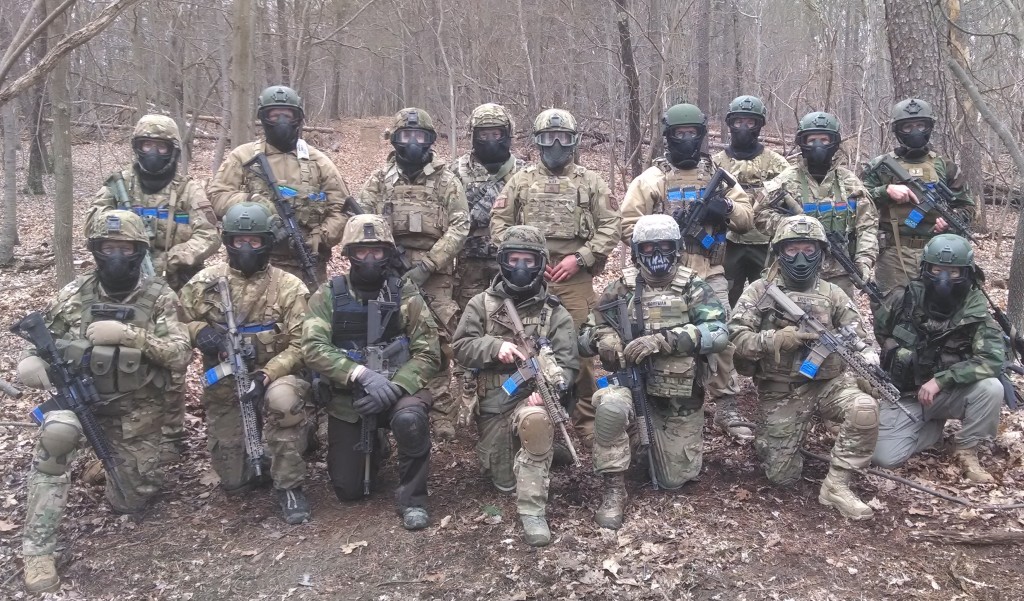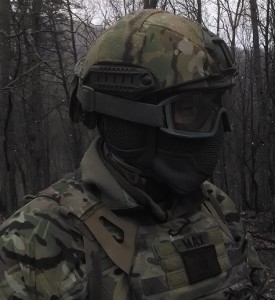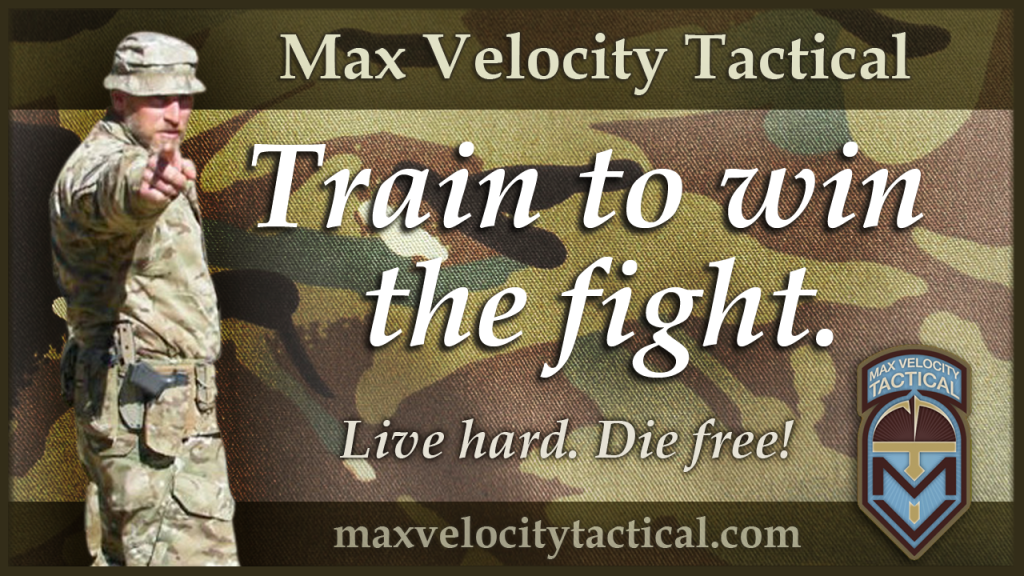Student Review: Force on Force Team Tactics March 2016: Pinky
FoF Review:
I have taken maybe 5 or 6 classes total, starting back in 2013, everything ranging from Combat Team Tactics (CTT) to Combat Patrol (CP) to CQB, some of them multiple times under different cadre. I can say without hesitation that the Force on Force (FoF) Team Tactics class is the culmination of everything learned put into action.
A high level overview:
Day 1 – team formation, intro to UTM gear/rounds, safety briefing, shake-down to ensure no live rounds, pokey things, etc, function check. We first rolled into drills that were very much like some of the CTT drills vs. Ivan, but with live defenders (think CTT with “bad guys” instead of Ivan). To me, this was the “knock the rust off” period.
Day 2 – this was the most fun, sobering, and educational portion of the training. We broke into two teams and performed “blue vs. red” using objectives to hold and capture. This required squad leaders, team leaders, planning, execution.
Compared to other training, this course differed in a couple of ways. First, the cadre were NOT there to tell you what to do, correct you, etc, but only as referees. We were allowed to make poor plans, execute them, and learn lessons from them. Second, leaders were required. People had to step up into leadership roles (squad leader, team leader) and make decisions and lead. Aside from the tactical portion and what was learned, this was the secondary benefit of the course, the opportunity to lead your team/squad. Everyone should take the opportunity to take a leadership role.
Summary lessons learned:
1. Make sure you know your RTR drills and fire and movement, etc.
2. Terrain features. You quickly learn what works and what does not as a micro-terrain feature (low spots in ground, etc).
3. The UTM rounds hurt just enough that you don’t want to be hit by them.
4. Communication is key. This was one of the biggest issues we ran into. Under UTM masks (and certainly under live rounds), yelling and hearing the yells is difficult, so hand signals are key, as is looking for those hand signals. Too many errors encountered were simply due to poor or lack of communication. This leads to split up teams, stalling on the objective, poorly executed assaults, etc.
5. Observation of flanks/periphery. There were several occasions where the fire and movement went well (flanking, etc), but once under fire, one tends to focus solely on the objective vs. the other team using the same movements. Multiple times we were able to flank without being seen and also were flanked without seeing the other team. Keep head on swivel and not only on the objective (“keep your head out of the gun”).
6. Listen to your team/squad leader and “don’t do random” as Max would say. Follow your plan and listen to your leader.
7. Target Identification – there were several blue-on-blue incidents. in fact, we listened to an entire firefight and wondering if they were shooting at us, but it was two squads on the other team killing each others. This sounds funny, but target ID is very difficult. No one was wearing “good guy” and “bad guy” outfits. You have to be able to know your team, ID them, think/process before acting.
8. Fitness – make sure you are following and maintaining a fitness plan.
9. The UTM rounds/bolts worked extremely well. Day 1 was wet snow and I had one malfunction (double feed), otherwise, 100%. This appears to be a very well vetted/tested system.
In summary, of all the courses taken, I definitely learned the most from FoF training. The other classes are the prerequisites, and this is the “exam” in a way as you have to put everything learned prior into action. I would highly recommend and plan on attending again.



